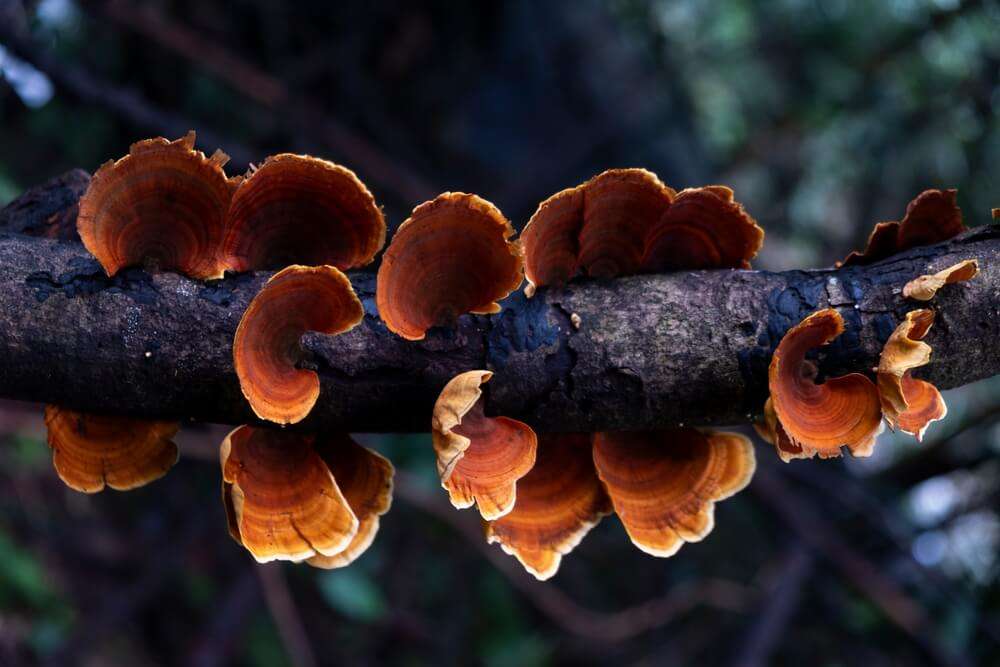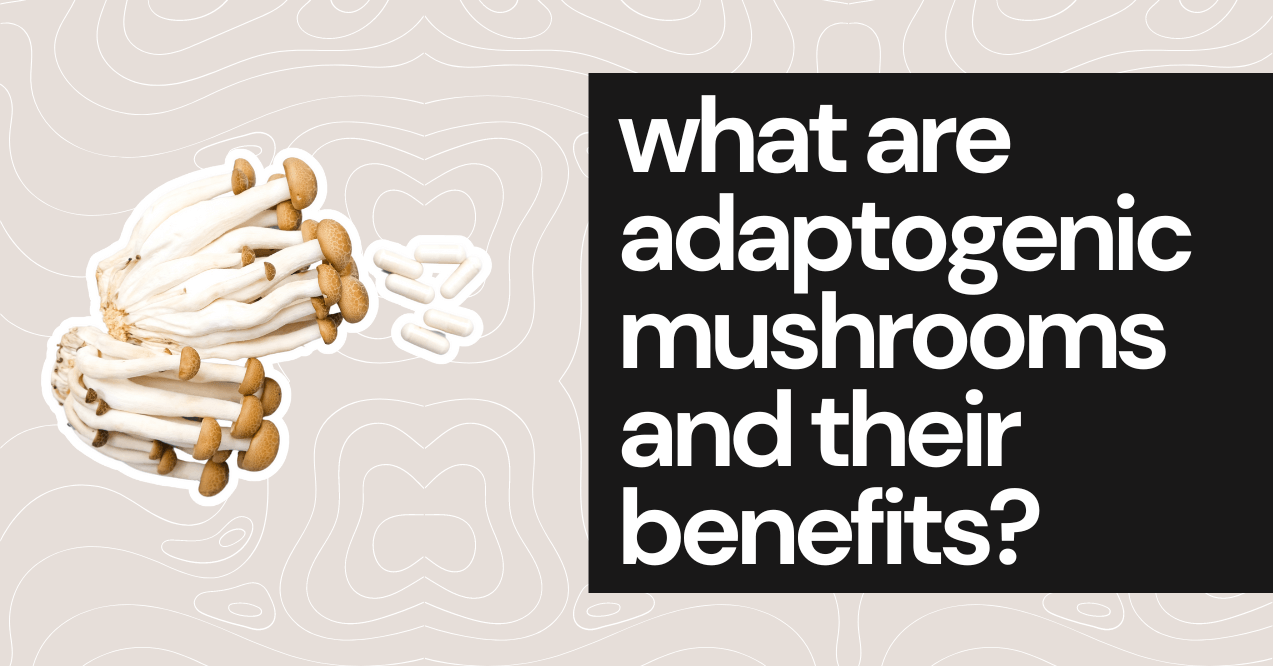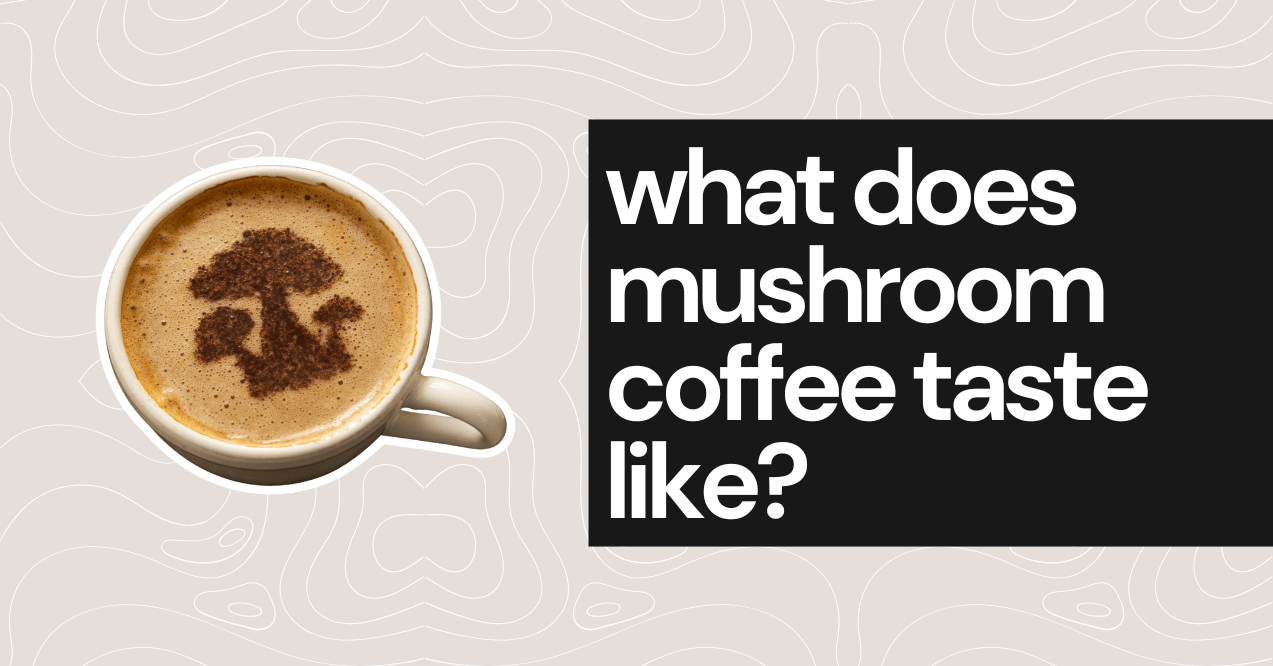mushrooms
by trumeta | December 26, 2023
How to Make Mushroom Powder? Step-By-Step Guide
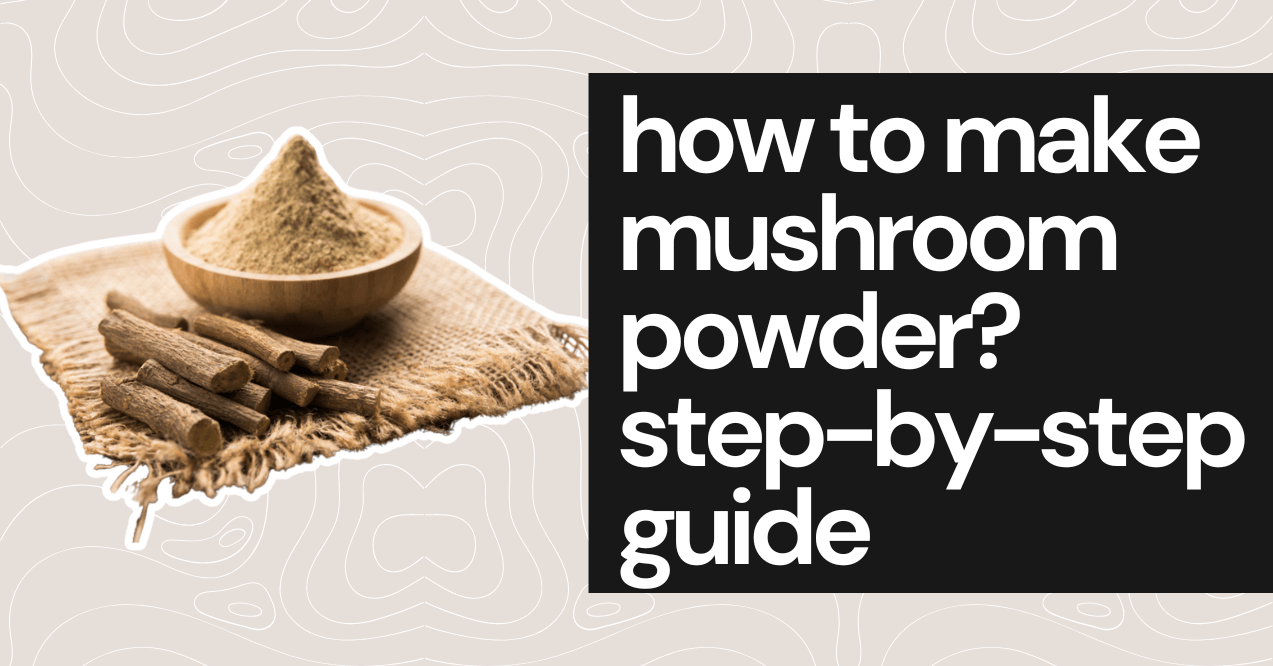
Do you want to learn how to make mushroom powder but have no clue how to go about it? Wondering what are functional mushrooms and how to make mushroom powder from them? Well, buckle up because, in this article, we’re about to unearth the secret blessings mushrooms can bring into our lives. For centuries, the human race has used mushrooms as food, medicine, and spiritual aids. They appear frequently throughout history, prioritized due to their delicious flavor and likely health benefits. In the earliest records, mushroom consumption promoted strength for fighters in battle. They also acted as disinfectants and immune system boosters.
What does mushroom coffee taste like? The cultural and historical implication of the mushroom is intensely rooted in numerous societies worldwide. In the past, communities valued fungi for their enigmatic properties and flavors. In addition to these implications, they are also an integral part of numerous communities’ culinary traditions. Even across diverse cultures, though, they embrace a charisma that surpasses mere culinary use.
Nowadays, there’s no denying that mushroom powder for cooking plays a role in promoting human health in a variety of ways. In this article that we’re about to expound upon, we will discuss how to make mushroom powder, its nutritional benefits, and storage methods for you to tap into their usefulness.
Mushroom Powder Benefits
You won’t believe the amazing mushroom powder benefits contained within mushroom powder! It’s packed with nutrients that can do wonders for your health and well-being. Get ready to discover a whole new world of wellness because, in this section, we will look into them in terms of the different types of available mushroom powders.
Lion’s Mane and Chaga Mushroom Powder
Lion’s mane promotes growth and strengthens connections between brain cells, boosting brain health[1]. Powder from this mushroom improves memory, focus, and general cognitive function, aiding the brain to function more efficiently.
Chaga’s adaptogenic properties support the balancing of the body’s stress hormone levels. During stress, the adrenal glands activate and release cortisol, a hormone that strengthens the body to manage stress. As pressure continues for an extended period, the body’s stress hormone levels can rise steeply, possibly resulting in hormonal imbalance. Chaga mushrooms can, however, keep these hormones in check.
Reishi Mushroom Powder
These mushrooms encompass bioactive compounds, such as complex carbohydrates and several antioxidants, all of which contribute to their therapeutic properties. Reishi mushroom supplements boost a person’s mood and energy levels and lower body exhaustion[2]. These supplements are additionally rich in antioxidants that help support the body’s natural defense mechanisms against environmental stressors. Pondering how to make reishi mushroom powder? You’ll learn more below!
Turkey Tail
Turkey tail mushrooms comprise antioxidants[3] such as phenols and flavonoids. These constituents stimulate the neutralization of harmful free radicals that raise oxidative stress in the brain, safeguarding its cells. In other words, turkey tail helps to ease the body and mind. Additionally, it promotes a harmonious journey through life, supporting a brighter and more balanced day thanks to its soothing properties.
Cordyceps
Cordyceps improve the body’s capacity to use oxygen[4] supply effectively. As a result, the brain receives optimal oxygen, which is essential for ensuring sound cognitive processes. Cordyceps adaptogenic characteristic helps the body adapt to stress and maintain balance. These reduced stress levels support an improved mental focus.
Shitake Mushrooms and Oyster Mushrooms
Shiitake mushrooms have antitumor, antiviral, and antibacterial effects, reducing viral infections and supporting the immune system[5]. The oyster mushrooms contain considerable fiber and antioxidant constituents, reducing the progression of cardiomyopathy[6]. They also support weight-loss programs. Since their high fiber content reduces appetite, it might be helpful for those out there looking to shed some pounds!
How to Make Mushroom Powder?

Mushroom powder is a dehydrated powder made from dry mushrooms that are exceptionally grounded. In different recipes, mushroom extract works as a spice in reduced quantities. You can make use of a spice grinder, food processor, or blender to make this nutritious powder. However, note that there are different steps involved in creating it. These steps include the ones listed below.
1. Dehydrate Your Mushrooms
The mushrooms must be dehydrated before turning them into powder. Removing the water inside and turning them into this powdery form is an excellent way to save extra space in your fridge. Additionally, fresh mushrooms may be inexpensive when purchased in bulk.
2. Place the Mushrooms Into a Blender
After properly dehydrating your mushrooms, make sure your food processor is clean. Place your dried fungi inside and process them until they form a fine powder. Pulsing on and off for approximately 15-20 seconds is recommended to grind the big pieces. If you use a blender, you may need to pulse longer or separate your mushrooms with a spoon between pulses to get them all ground. Blending your mushrooms may result in dust forming within your kitchen appliance, so it is vital to let the powder settle briefly before opening the lid.
3. Strain the Chunks
Small chunks may remain in your mixture even after a proper blend. As a result, using a fine mesh strainer next is the way to go. Place a bowl under your filter and pour the mixture through the mesh. Using a traditional strainer is unreliable, as you’ll lose valuable mushroom powder through the holes, so be sure to use one of tightly woven material.
4. Place Remaining Clumps Back Into Your Blender
If you have any big clumps left after passing your blend through the mesh, you’ll have to grind those until they turn into a fine powder. Once ground, combine them in your big bowl with the rest of your mix, and voila! You now have homemade mushroom powder!
5. Choose the Right Storage Container
Proper storage is an efficient way to lengthen the life of your mushroom powder. You can preserve it in a plastic zipper bag or locking container. Using a sealed glass jar promotes maximum shelf life. Storing your container away from direct heat and light in a cabinet is vital. If appropriately stored, dried mushrooms can last much longer than fresh mushrooms.
6. Use Your Mushroom Powder
After having created a substantial serving of mushroom powder, put it to use! There are various exciting ways to utilize these nutritional powders. You can add it to smoothies, soups, teas, broths, or even your morning coffee! Additionally, you may even add it to your preferred dessert recipe. The slightly bitter flavor of mushrooms merges excellently with chocolate! Mushroom powder also blends outstandingly well into sauces, gravy, breakfast cereal, and yogurt.
How to Store Mushroom Powder?
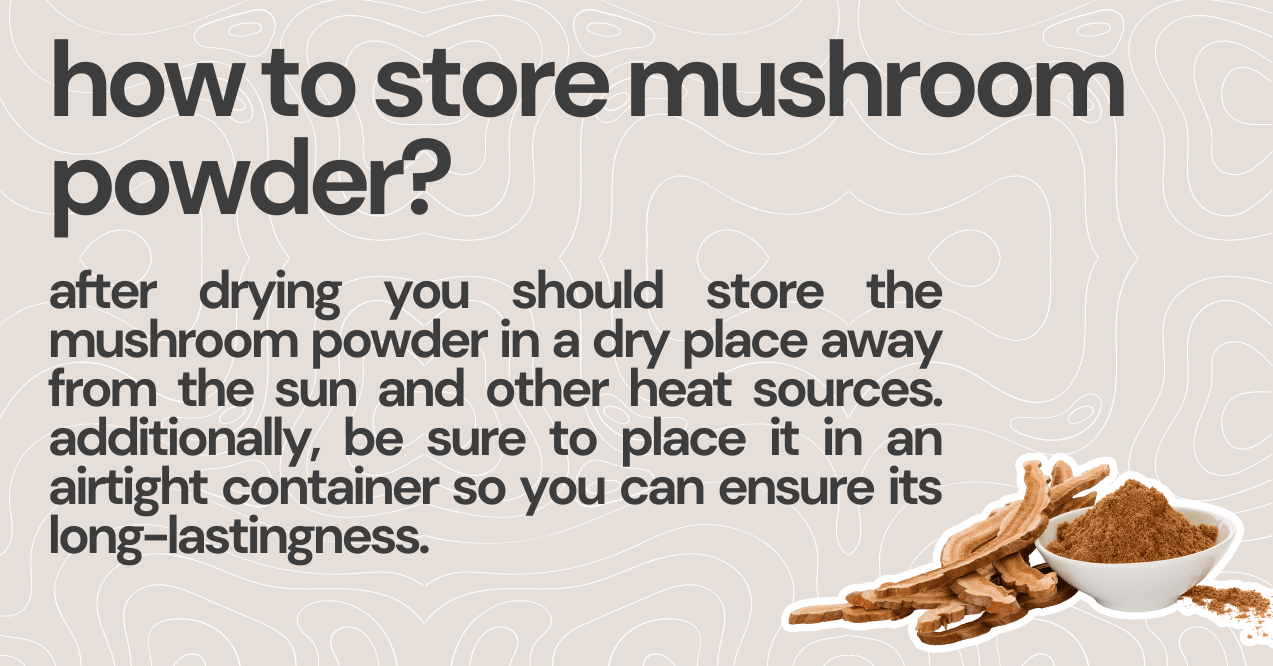
After drying, proper handling is critical; hence, you should store the mushroom powder in a dry place away from the sun and other heat sources. The mushroom powder has a shelf life of approximately one year after the blending date. Additionally, be sure to place it in an airtight container so you can ensure its long-lastingness.
There are various means by which dried mushrooms get spoilt. One of the great culprits is moisture infiltration. If your dried mushrooms get too moist, they can develop moldy patches. These may seem like lighter patches at first but can grow to become darker over time. Discard any moldy mushrooms without delay in case they appear. Also, if you suspect insects may be inside your mushroom powder, place it on a paper towel to detect any bugs moving around. If there are any present, discard the powder immediately.
Also, bonus knowledge time! Have you ever wondered, “Can you grow mushrooms from dried mushrooms?” Although there’s some consensus that this is quite a difficult task, so long as the spores inside the dried mushroom are not too dehydrated or dead, you can!
How to Use Mushrooms in Your Cooking?
There are endless possibilities for cooking with mushroom powder, and here are a few ideas to help you start. For example, a sound one is to add it to your green tea and coffee. Mushroom coffee is an exceptional, nutritious-packed drink that is all the craze nowadays among fitness enthusiasts. You can try several blends that cover a range of earthy flavors, including coffee latte, iced coffee, and more!
Also, consider mixing your mushroom powder into smoothies. You can use a small scoop of it to create the ultimate nutritious drink you need to go about your day. Whether it’s a detoxifying green smoothie or a sweet punch one, you can count on mushroom powder to elevate the nutritious value of these cold beverages.
Besides warm and cold drinks, you can also incorporate mushroom powder into your daily nourishment via baking and other ways to effortlessly promote health benefits. Introduce some to your pasta sauces, stir-fries, and salads to add flavor. You can even combine it with hamburger patties, tempeh, tofu, meatloaf, or chicken for further tasty complexity. Next time you make granola, add a few pinches to the mix or toss with vegetables before roasting. You can also use the powders to flavor soups, stews, and curries. As mentioned above, the possibilities are endless!
Key Takeaways
As you can see from the above sections, it is clear that mushroom powder recipes are here to stay. Mushroom powder can elevate your dishes to new culinary heights and support your wellness in ways you hadn’t thought of before. You can use this versatile, health-packed ingredient to complement any nutritious meal you prepare, making it a must-have in your kitchen arsenal.
Discover the wonders of mushroom powder with all the crucial compounds they come with that can help boost your wellness. Not only do they pack essential nutrients, but they can also add a distinct flavor to your meals. You don’t have to be a professional chef to know how to make lion’s mane powder — it’s a simple and cost-effective process. Give it a try now and explore a whole new world of delightful mushroom powder recipes!
From the above sections, we explored how to make mushroom powder, store it, and use it in cooking. Regarding the mushrooms we previously talked about, let’s note some things out:
- Lion’s mane promotes growth and strengthens connections between brain cells, boosting brain health.
- Chaga’s adaptogenic properties support the balancing of the body’s stress hormone.
- Reishi mushroom boosts mood and energy levels and lowers fatigue.
- Turkey tail stimulates the neutralization of harmful free radicals that raise oxidative stress in the brain.
- Cordyceps support the body’s capacity to use oxygen supply effectively.
You can tap into these fungi’s many benefits by grounding them and adding them to your meals and drinks. If you were wondering how to make mushroom extract, we hope our brief guide here has provided you with all the information you need to make a sound decision. If you’re still not sure about whether incorporating mushroom powders into your dishes might be a good idea, feel free to double-check with a healthcare professional of your choosing. They can provide all the extra guidance you need to implement these delectable, wellness-boosting treats into your meals.
FAQs
Properly dehydrating mushrooms begins by cleaning hands, equipment, and countertops. Scrub mushrooms with a kitchen towel, brushing off any dust or sand. Then, slice the mushrooms into quarter pieces. Now, position them into a dehydrator’s trays and ensure space between slices to allow airflow.
Dehydrate at 125°F/52°C for approximately 3-8 hours until the mushrooms dry. Finally, store them in an airtight container in a cool, dark place. Optionally, put a moisture absorber in the jar if you expose it frequently or keep it in a humid area.
After dehydration, the mushroom powder should be appropriately handled and stored in a dry place. Also, avoid heat and direct light. Placing it in a sealed container, such as a sealed glass jar, helps it retain its quality and freshness for a long time.
References:
[1] Rossiaky, D. (2023, February 22). Latest study suggests lion’s mane mushrooms may boost brain health. Healthline. https://www.healthline.com/health-news/latest-study-suggests-lions-mane-mushrooms-may-boost-brain-heath
[2] WebMD Editorial Contributors. (2020, January 11). Health benefits of reishi mushrooms. WebMD. https://www.webmd.com/diet/health-benefits-reishi-mushrooms
[3] Rd, J. K. M. (2023, April 6). 5 Immune-Boosting Benefits of Turkey Tail Mushroom. Healthline. https://www.healthline.com/nutrition/turkey-tail-mushroom
[4] Singh, M., Tulsawani, R., Koganti, P., Chauhan, A., Manickam, M., & Misra, K. (2013). Cordyceps sinensis Increases hypoxia tolerance by inducing HEME oxygenase-1 and metallothionein via NRF2 activation in human lung epithelial cells. BioMed Research International, 2013, 1–13. https://doi.org/10.1155/2013/569206
[5] Rd, K. J. M. (2023, July 17). Why shiitake mushrooms are good for you. Healthline. https://www.healthline.com/nutrition/shiitake-mushrooms
[6] Dicks, L., & Ellinger, S. (2020). Effect of the Intake of Oyster Mushrooms (Pleurotus ostreatus) on Cardiometabolic Parameters—A Systematic Review of Clinical Trials. Nutrients, 12(4), 1134. https://doi.org/10.3390/nu12041134
Advertisement. This site offers health, wellness, fitness and nutritional information and is designed for educational purposes only. You should not rely on this information as a substitute for professional medical advice, diagnosis, or treatment. If you have any concerns or questions about your health, you should always consult with a physician or other health-care professional. Do not disregard, avoid or delay obtaining medical or health related advice from your health-care professional because of something you May have read on this site. The use of any information provided on this site is solely at your own risk.
Popular Posts
Recent Posts
Does Creatine Expire and Lose Its Effectiveness?
July 17, 2024
Should You Take Pre Workout Before Running?
July 11, 2024
What Are the Best Herbs for Muscle Recovery?
June 27, 2024
Can You Drink Protein Shakes Without Working Out?
June 20, 2024
